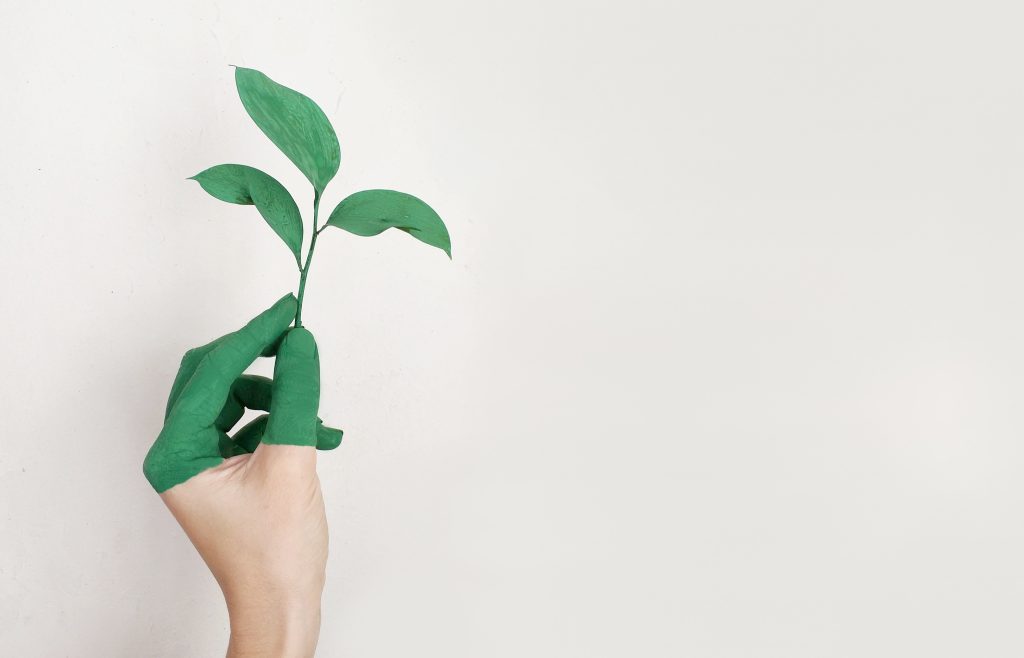With buildings being responsible for around 40% of energy consumption and 20% of water consumption, it has been acknowledged that strategies for an environmentally sustainable future need to incorporate a change of thinking about how they are designed. The EU’s green building policy requires all new buildings to be energy neutral by 2020. Improving water efficiency is a big part of green building design, but it’s an area that requires a great deal more attention from developers if future challenges are to be properly met.
What are green buildings?
Green buildings are constructions, both residential and commercial, that are designed or modified to have a minimal impact on the surrounding environment and use natural resources efficiently. The main pillars of green buildings include:
But while much focus has been on energy efficiency (installing solar panels, improving insulation, etc.), minimising water use hasn’t always received the same attention. In Belgium, as in much of Europe, there are goals and regulations for zero-energy buildings by 2020. But for water there is only a pledge to meet the UN sustainable development goal of increasing water-use efficiency by 2030, but nothing is set in stone and no specific targets are in place.
How to make buildings more water efficient
There are a number of water efficient technologies that can be used in both residential and commercial buildings to provide affordable ways of reducing water consumption. These include:
Rainwater harvesting – one of the most effective measures is making use of the abundance of water provided by nature. Buildings can be installed with rainwater harvesting systems that collect, filtrate and store rainwater which can then be used for toilets, garden watering, domestic cleaning and even drinking if purified. This can reduce mains water usage by 50-70%.
Greywater recycling – greywater is the untreated, uncontaminated water produced by buildings, e.g. water dispensed from showers, bathtubs, washing machines and dishwashers. This water is drawn from the freshwater supply. Reusing the water for purposes such as flushing toilets, cleaning and irrigation can reduce the consumption of potable water by around 30-40%.
Low-flow plumbing – more commonly employed in new builds than recycling or rainwater harvesting, this includes taps and shower heads that operate with less water, low-flush toilets and waterless urinals in public buildings. Toilets with low flush use around 80% less water than standard models.
Installing sensors – technology is now available to reduce water pressure, detect leaks, even control how much water is needed for irrigation of lawns and gardens. All of this helps to lower the amount of water used in buildings.

What are the benefits?
There are a number of benefits to ensuring that today’s buildings are as water efficient as they can be. These include:
Increasing the sustainability of buildings. With a worldwide water shortage predicted by 2040, the role of water efficiency in the sustainability mix will undoubtedly grow in the coming years.
With several advantages, few negatives and low costs, it’s perhaps surprising that water efficiency hasn’t garnered the same attention as energy efficiency in the green building drive. But this presents an opportunity for forward-thinking planners and developers to gain an edge and take the lead where water-related technologies and solutions are concerned, rather than waiting for the policy-makers to catch up.